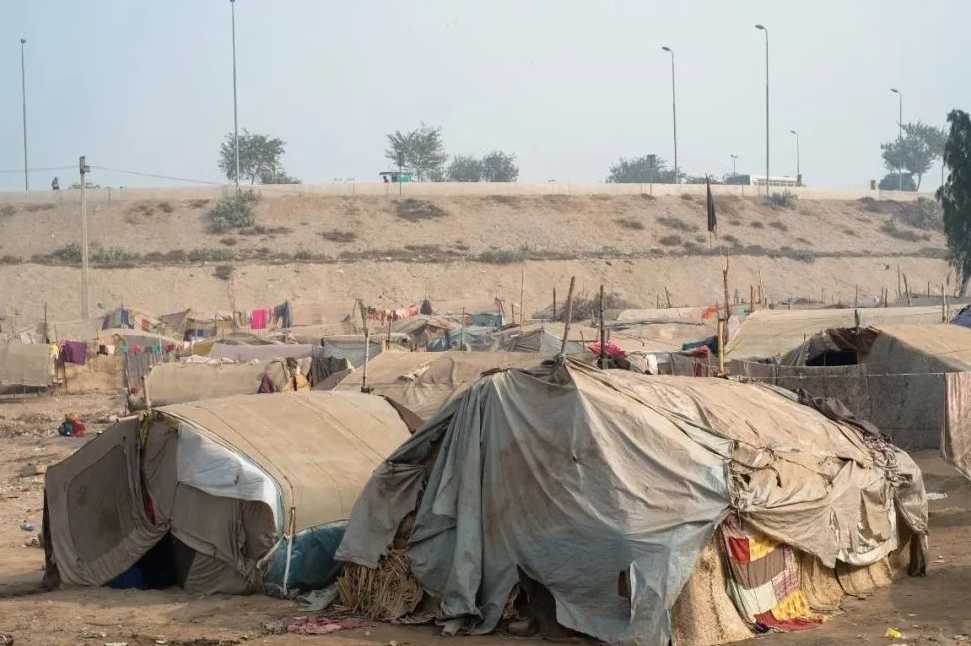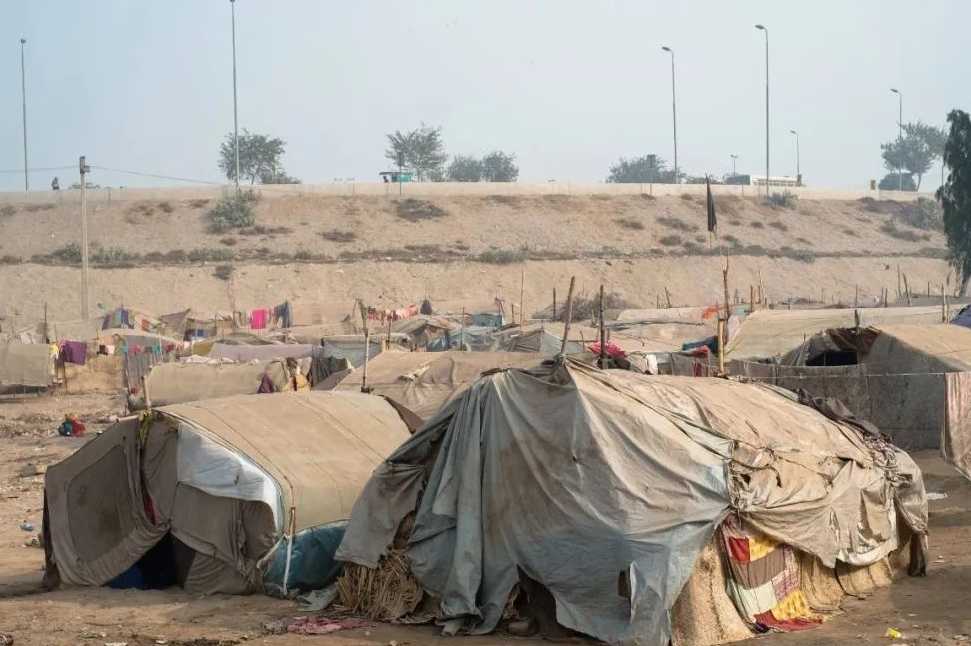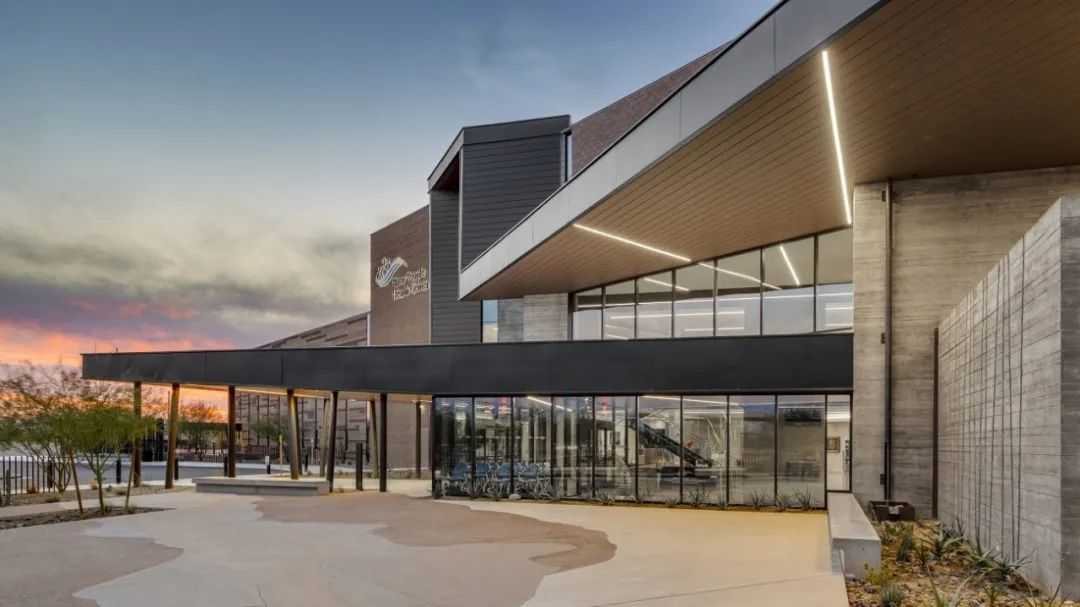Pakistan's Economic Crisis: A Nation Struggling to Survive
Pakistan, a South Asian nation with vast lands and nearly 240 million people, faces severe economic hardships, leaving millions of families in dire straits. The World Bank reports nearly a quarter of its population lives below the poverty line, with many households earning less than $100 monthly. Its GDP per capita stands at $1,461, while rising living costs make daily expenses unmanageable.

Source: Images from the Internet, if there is any infringement, please contact the removal of
In major cities like Karachi and Lahore, barefoot children run through dusty streets, some scavenging for garbage to survive—a common sight that rarely shocks locals. Alarmingly, around 23 million children are out of school, mostly from rural areas where families can’t afford education and resources are scarce.
Inflation hit a record 38% in 2023, driving up prices of essentials like flour and cooking oil. Power shortages worsen the crisis: a 5-gigawatt gap leads to frequent blackouts, especially in scorching summers, shutting factories and leaving people to endure heat without electricity.
Wealth inequality exacerbates tensions: the richest 10% hold nearly 60% of national wealth, leaving crumbs for the remaining 90%. This divide fuels social conflicts, posing a critical challenge for the government amid deepening despair.
With no quick fixes in sight, Pakistan’s struggles—poverty, illiteracy, inflation, and inequality—continue to trap millions in a cycle of suffering, testing the nation’s resilience.









